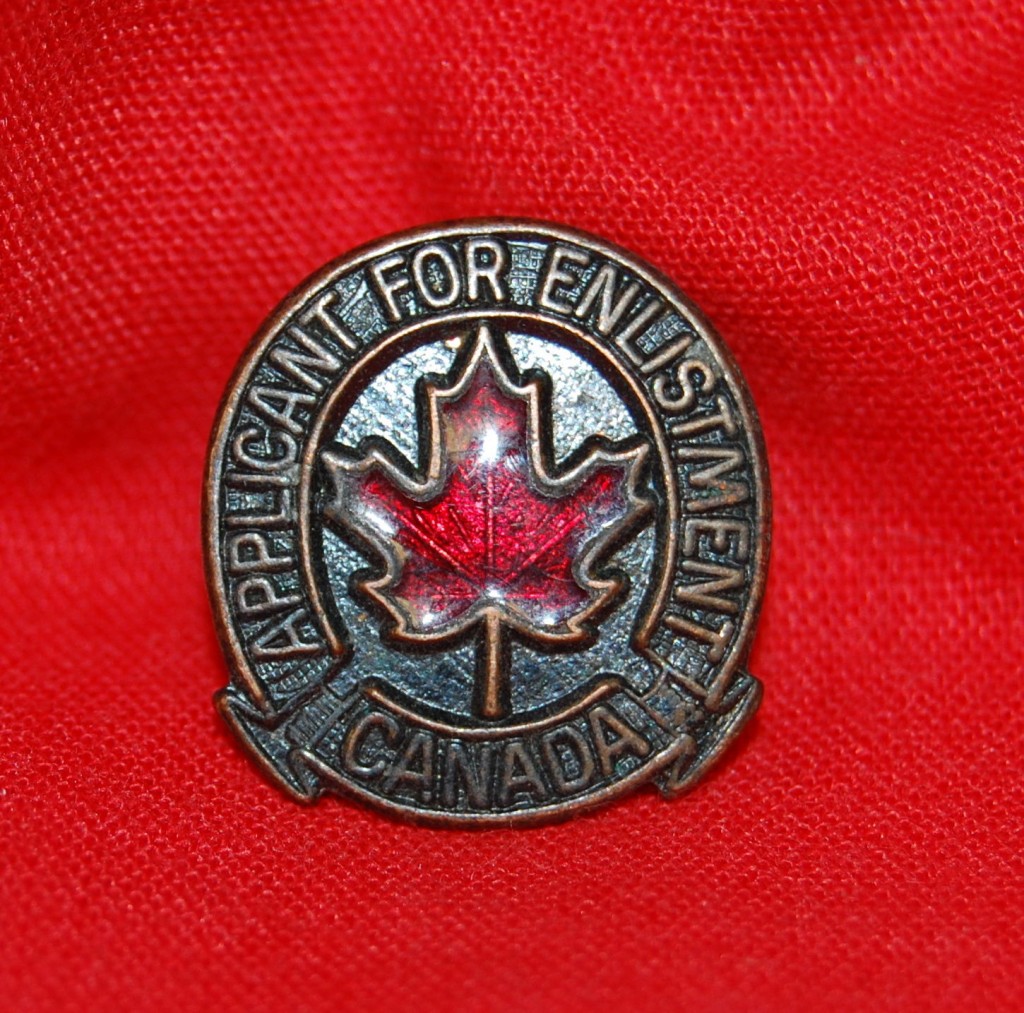Canada’s Not My Fault Button
On September 1, 1939, Germany invaded Poland. Two days later, Britain and France declared war on Germany. World War II had begun.
At the time, Canada was one of a few “autonomous Communities within the British Empire” per the 1931 Statute of Westminster, making it a mostly-independent nation that was still part of the Crown, but had its own legislature and, for the most part, had the right to self-rule. Canada, to re-emphasize its independence, decided to wait a week before officially joining the fight; it didn’t declare war on Germany until September 10th. But the delay didn’t resonate with many of the young Canadian men and women who were eager to fight the Nazis. Once news hit that Britain was going to war, Canadians of service age signed up to serve in droves, despite the fact that they were not yet under any obligation to do so.
That is, they weren’t under any legal obligation to do so. Culturally, perhaps they were — as was true in Western Europe and would soon be true in the United States, there was an expectation that if you could serve, you would. Ultimately, roughly 1.1 million Canadians served during World War II, and the vast majority did so of their own volition; as Wikipedia notes, “around 10% of the entire population of Canada joined the army, a very small amount of which was conscripted.” Serving Canada was a point of pride.
Unless, of course, you didn’t serve — in that case, the shame of cowardice could find you. In World War I, for example, a British organization “aimed to shame [British] men into enlisting in the British army by persuading women to present them with a white feather if they were not wearing a uniform,” per Wikipedia; the white feather became a symbol of cowardice nearly immediately afterward. A similar specter haunted Canadian men who didn’t serve in World War II, and while there wasn’t a white feather-like symbol, the whispers of one’s neighbors served the same purpose.
For those who were unwilling to serve, perhaps that treatment was deserved — that debate is one for another publication. But what about those who were willing to serve but, through no fault of their own, couldn’t? Maybe, medically, the military found them unfit for service? Those people weren’t due the harassment, for sure — but were harassed nonetheless when they walked around in everyday attire while their siblings and neighbors donned uniforms and went off to war. That wasn’t fair, so the Canadian government stepped in with the solution pictured below.

That button is called the “Applicant for Enlistment” pin, and it comes in both French and English. Per Veteran Affairs Canada, Canada specifically created the pin to shield rejected applicants from the shame of not serving. The pin was made available to
Persons who have voluntarily declared their unqualified willingness to serve in and beyond Canada in the Military Forces of Canada, and who are refused enlistment by reason of their not possessing, due to no faults of their own, the necessary qualifications then required for enlistment in the Naval, Army and Air Forces of Canada.
Eligible people could pin it to their lapels in the hopes that the button would shield them from being called a coward — owning the medal meant you tried to serve but couldn’t, and were in no way a coward. (Well, at least not when it came to the war.) And if you didn’t earn the medal and were caught with it? That came with a $500 fine (in Candian dollars), which, accounting for inflation, is close to $8,000 today.
Whether the button successfully delivered on its mission, though, is murky at best. Canada didn’t start issuing in the badge until the fall of 1941, and while the button was issued retroactively to the war’s start, some were surely harangued during that two-year interval.
Bonus fact: During the course of World War II, Canada declared war on Germany, Italy, Finland, Hungary, Romania, and Japan. These were the first times Canada made a formal declaration of war — and, so far, the last times, too, as Canada has not declared war since.
From the Archives: The Gun Jumpers: The Americans who ran to Canada in order to fight the Nazis.
Related: “Royal Canadian Air Force Exercise Plans for Physical Fitness,” 4.3 stars on 129 reviews.
